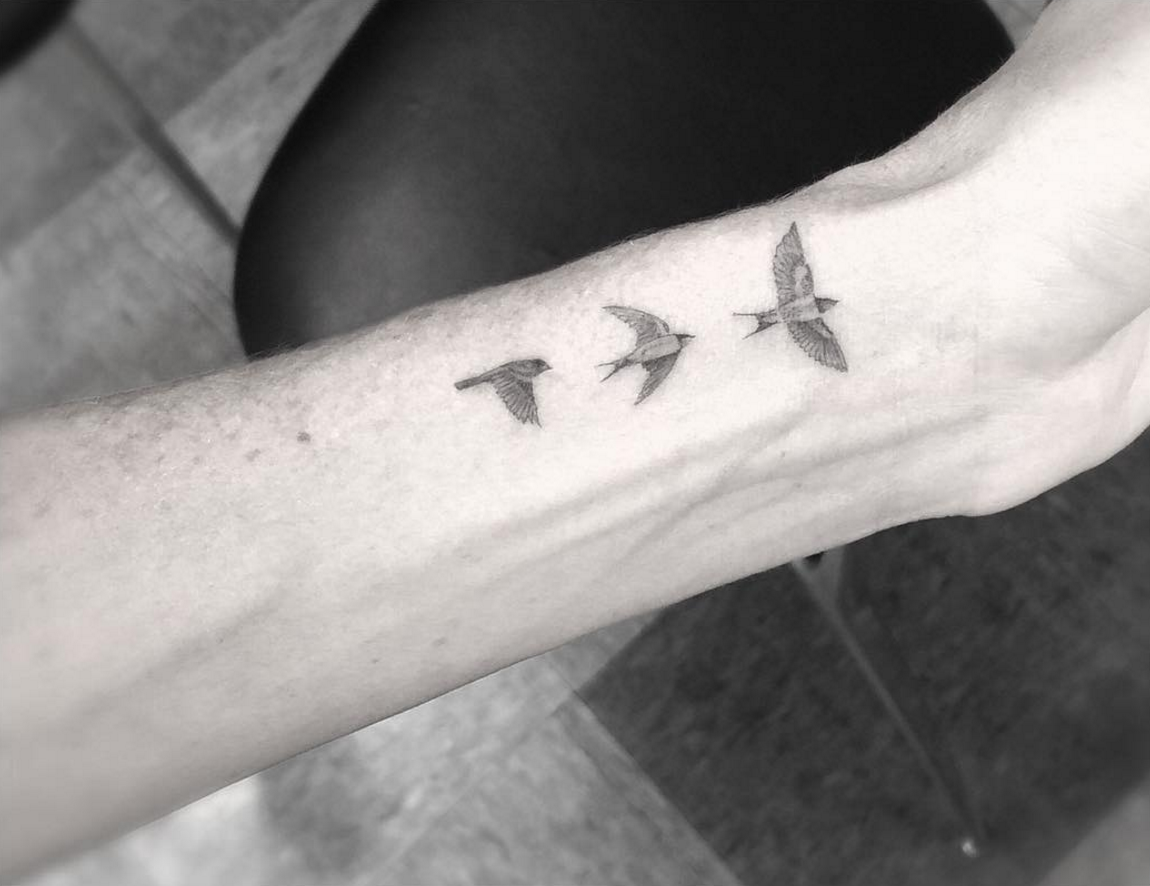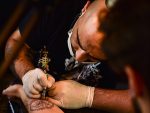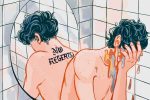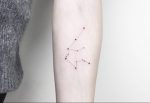Over the past couple years, a tattoo revolution has quietly occurred. A new mode of tattooing has taken flight in the form of smaller, more detailed designs that are generally referred to as “tiny tattoos.” At the forefront of this trend are artists like Jonathan “JonBoy” Valena and Brian Woo, aka as “Dr. Woo,” who work out of New York and Los Angeles, respectively.
Both as individuals and employees of different, equally well-respected shops, Valena and Woo have cultivated a mass following on social media. Their names, whose blue check marks signify their inky clout, have been featured across the glossy pages of publications like Vogue, Rolling Stone and Elle, and each sport a slew of dedicated fans spread throughout the entertainment and fashion industries.
Like any artist, Woo, Valena and others who specialize in this branch of tattooing have cultivated an aesthetic that makes them both unique and in high demand. Delicate, fine lines and extreme attention to detail dictate the bulk of their work. Their requests range from a small white dot, as seen on Kendall Jenner, to fully detailed sleeves, such as those done by Bang Bang, owner of the notorious Bang Bang Tattoo shop in New York City. Bang Bang, in particular, has fostered the growth of artists who ascribe to this new school of design, including Valena and Mr. K. This artistic community, like most, has its own respective legends who pass down their creative legacies to apprentices learning the trade.
Much of the popularity of this new aesthetic comes as a result of an evolving sensibility toward the artistic quality of tattoos. For centuries, tattoo culture has been the domain of hyper-masculine, motorcycle-driving men draped in either sexually explicit or formulaic imagery. Head to toe. Polite society has typically regarded this type of expression as tacky, but, in recent years, tiny tattoos seem to have bucked that taboo. By posturing themselves an elegant, if not downright artistic alternative to traditional tattooing, this new breed of ink has distanced itself from the negative connotations of its predecessors.
Troll any of these major parlors’ websites and you’ll see that many of their participating artists specialize in styles that focus on realism, fine line design, illustrative color and minimalism. As a result, the artistic credibility of these nouveau tats has risen dramatically. Survey any of these artists’ work and you will see that their designs are nothing shy of incredible, featuring an attention to detail and shadowing unseen in tattoo composition until recently. The notion of the body as a blank canvas becomes more and more compelling when put in the context of such ornate work.
But, what is it that’s making people so eager to go under the needle?
In large part, this new attitude toward tattoos has revitalized interest in the artistry of ink, at least more so than is the case with generic tattoos. Clients no longer sit and flip through an artist’s portfolio, choosing from a variety of boilerplate images. Instead, they can scroll through a digital portfolio, which allows them to assess the artist’s skill, style and standing within the tattooing community.
Supporters of the old-guard of tattoo artists find this new trend particularly inauthentic. However, in an interview with GQ Magazine, Valena said: “People think because it’s a small tattoo, it’s not a real tattoo, but some of the smallest tattoos have the most meaning behind them. I go home feeling so drained and exhausted. I feel like I carry the weight of these clients and what they’re going through, whether they’re dealing with a death or whatever it may be. It sticks to me.”
Despite the difference in aesthetic that divides traditional and modern tattoos, they all communicate the same narrative: a commitment to self-expression. Tattooing offers individuals the opportunity to present themselves in a physically unique way. A tattoo is a permanent accessory; it is a token of self-appreciation and a platform through which people can communicate their history to the world through a visual lens.
The act of getting a tattoo symbolizes different things to different people. It can be as simple as being drawn to an artist’s aesthetic, to serving as a memorial to a loved one. A tattoo becomes a part of you, and a part of your identity.
The popularity of this trend, as well as that of its most famous practitioners, has been facilitated by a number of different factors, the most notable of which is the rise of social media. Valena and Woo have worked on enormously influential people, including Drake, Harry Styles, Hailey Baldwin and Justin Bieber. This sort of celebrity endorsement, in combination with the exposure it brings, has allowed for these artists to promote their brand to a massive audience.
Valena, Woo and Mr. K’s services do not come at an easy price. If you’re planning on participating in this trend, expect a $300 minimum fee and an extensive scheduling process. Despite the financial and time commitment, the final product is certainly well worth the hassle. Pledging yourself to something as permanent as a tattoo is no easy feat. It takes a lot of reflection to decide what exactly you want to showcase to the world and what it means to you. But that is, after all, what makes them special in the first place.
















